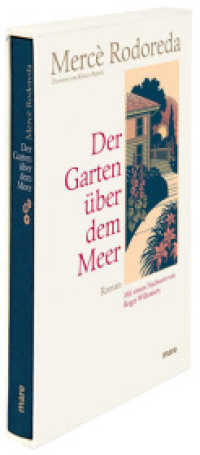基本説明
This book deals with the consequences of converging and diverging processes and their development in language contact situations. Its nine contributions cover both theoretical and typological aspects, such as the classification of languages, the role of language contact, linguistic complexity and spontaneous speech innovations, and convergence and divergence processes in translation, (morpho)syntax and phonology/phonetics.
Full Description
This book deals with the consequences of converging and diverging processes and their development in language contact situations. It provides insights into the various forms of language contact and the conditions under which bilingual speakers master their every-day life in bilingual communities. Its nine contributions cover both theoretical and typological aspects, such as the classification of languages, the role of language contact, linguistic complexity and spontaneous speech innovations, and convergence and divergence processes in translation, (morpho)syntax and phonology/phonetics. Taken together, these studies provide challenges for linguistic theories that generalize from situations of monolingualism suggesting instead that a sound linguistic theory cannot be a theory for just one single, isolated language but must be a theory for at least two languages. It must also account for the fact that some structures involved in contact situations are not kept apart but develop in such a way that the distance decreases between the languages involved.
Contents
1. Introduction; 2. Part I. Challenges to accepted views of convergence and divergence in language contact situations; 3. Divergence, convergence, contact: Challenges for the genealogical classification of languages (by Bossong, Georg); 4. Increases in complexity as a result of language contact (by Dahl, Osten); 5. Converging genetically related languages: Endstation code mixing? (by Braunmuller, Kurt); 6. Part II. Convergence and divergence in different varieties in oral and written discourse; 7. Converging languages, diverging varieties: Innovative relativisation patterns in Old Swedish (by Hoder, Steffen); 8. Converging verbal phrases in related languages: A case study from Faro-Danish and Danish-German language contact situations (by Kuhl, Karoline); 9. Convergence and divergence of communicative norms through language contact in translation (by Becher, Viktor); 10. On the importance of spontaneous speech innovations in language contact situations (by Vann, Robert E.); 11. Part III. Phonological processes of variation and change in bilingual individuals; 12. Gradient merging of vowels in Barcelona Catalan under the influence of Spanish (by Cortes, Susana); 13. Comparing the representation of iambs by monolingual German, monolingual Spanish and bilingual German-Spanish children (by Arias, Javier); 14. Author index; 15. Subject index








